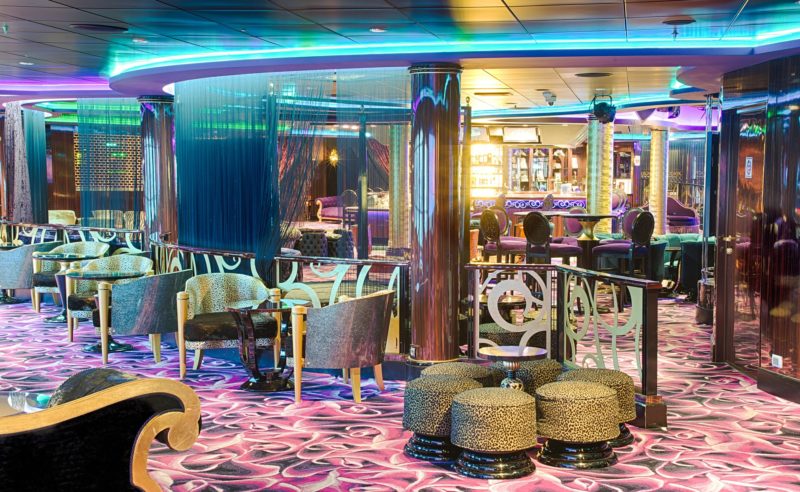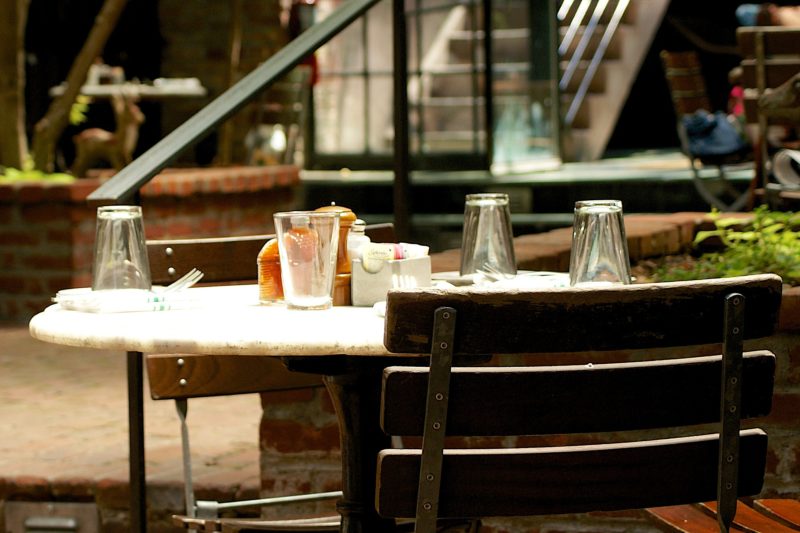A software engineer by profession and foodie at heart, Apurv Kansal is a passionate food blogger and runs his own IT company. Apurv started writing about restaurants and his travel experience six years ago. He has now more than 7,000 followers across all social media channels. Apurv has advised restaurant owners and helped them conceptualize and create their restaurant menu design. Read more on how to create the perfect restaurant menu that helps increase sales here.
Candid Interaction with Apurv Kansal on the Basics of Restaurant Menu Design
Recently, The Restaurant Times by Posist interacted with him to get his insights on restaurant menu design and innovations. Edited Excerpts…
Posist: How do you help restaurant owners? What kind of advice do you give to them?
Apurv Kansal: I have been writing about the restaurant industry for quite long, and restaurant owners often look for some consumer insights, such as what kind of food should be served in the new restaurant concept they are planning to open. Based on the popular choice, they decide their menu. Once that is ready they invite again to taste the food and let them know the issues if there are any. So, we basically help them in matching the food with their concept.
Posist: What is the process of conceptualizing the restaurant menu design?
Apurv Kansal: The idea is very simple. I look at the target audience what they want to cater too and location they operate in. For example, people in West Delhi enjoy very desi and spicy food. So, it becomes essential to serve North Indian food. Some of the things remain constant in the menu, such as Dal Makhani, Butter Chicken. However, you can innovate in desserts and drinks, as these attract more customers. You can further change the style of serving dishes or even change the names of the dish but the basic food remains the same.
Posist: What kind of restaurant menu design helps a restaurant to maintain the USP?
Apurv Kansal: The unique names of dishes do not help in getting the sale. Often restaurant owners make the mistake of thinking that they can enhance the dish by just giving it a quirky name and a different presentation. While this may catch customers’ attention, this tactic can also backfire as some may be too apprehensive to try something new. This problem can be solved by having crisp and self-explanatory dishes so that people can understand what they are going to eat. Lack of descriptions make customers apprehensive, and lead them to order what they have already ordered before, and not try new items in the restaurant menu design.
Posist: Please throw some light on restaurant menu design and pricing. How should a restaurant price its dishes?
Apurv Kansal: See there are two ways to do that. One is that you take the food cost, add it with the margins and fixed cost per dish and you get the final price of the dish. The other way is to match the competition or do an average pricing. For example, if there are four-five restaurants similar to the concept of your restaurant add the price of each dish and divide it by the number of restaurants. It will give you the perspective on what price you need to keep.
Posist: What do you think about foodservice industry in India? What kind of format will survive in the long run?
Apurv Kansal: In my opinion, the outlets whose prime focus is good food will survive in the longer run. Let’s talk about speciality restaurants. A common man would visit the speciality restaurant once, or twice. He will move on to new restaurants. Also, the restaurants which have a loyal customer base are there to stay. The restaurants which use marketing gimmicks can survive in the industry for only so long.
Standalone restaurants will face time ahead as a lot of chain restaurants are entering the local market. So, expansion is required for them with standard quality food. They should also aim for good visibility in the market.
Stay tuned to The Restaurant Times for the latest restaurant menu design tips.

















